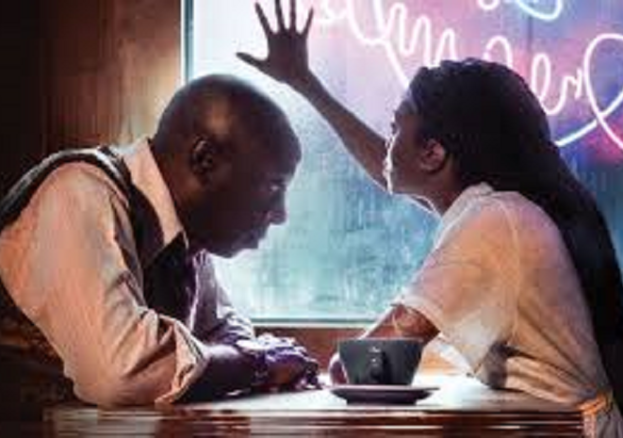

District Court for the Northern District of Illinois, which stated that “the small number of colored passengers asking for first-class accommodations justified an occasional discrimination against them because of their race.” The ICC dismissed the complaint, stating that “the discrimination and prejudice was plainly not unjust or undue.” He also lost on appeal to the U.S. Under threat of arrest, Mitchell moved to the designated area and filed a lawsuit once he returned to Illinois. On April 21, 1937, Illinois congressman Arthur Wergs Mitchell, was told to move to the section of the train designated for African American passengers, in accordance with the Arkansas Separate Coach Law of 1891. Read a more detailed account in “ Winning the Right to Ride: How D.C.’s streetcars became an early battleground for post-emancipation civil rights” by Kate Masur via Slate. Reportedly, the police officers employed by the railroad physically ejected Brown from the train, throwing her onto the platform. Not deterred, Brown responded: “I bought my ticket to go to Washington in this car., before I leave this car I will suffer death.” A violent altercation ensued.

he said that car was for ladies.” Of course, Kate Brown was a lady, but she was also African American. At that point, as she later told a Senate investigating committee, “the policeman ran up and told me I could not ride in that car. “This car will do,” Brown replied quietly. As she stepped aboard, she was accosted by the rail line’s private police officer, who angrily told her she must enter the other car. As described at : On February 8, 1868, Brown pulled out her ticket and prepared to board a train, to return to Washington from Alexandria, Virginia. Kate Brown was an African American Senate employee in charge of the ladies’ retiring room. Learn more in Right to Ride: Streetcar Boycotts and African American Citizenship in the Era of Plessy v. This description is from Remaking Virginia: Transformation Through Emancipation. On May 18 the court issued a “nolle prosequi,” or an order not to prosecute his case. Jones was indicted for “feloniously and maliciously” conspiring to “incite the Colored population of the said City and State to make insurrection by acts of violence and war against the white population.”
#Black man driving railroad story how to#
Christopher Jones had tried to board a streetcar and was arrested for disturbing the peace after a large crowd assembled to support his insistence that, having bought a ticket, he was entitled to ride the streetcar.Īfrican Americans in the crowd reportedly shouted, “Let us have our rights,” and “We will teach these d-d rebels how to treat us.” On April 24, 1867, African Americans in Richmond, Virginia organized Reconstruction era protests against the privately operated company that refused to allow them to ride its horse-drawn streetcars. Mary Ellen Pleasant, a longtime foe of segregation and leading supporter of John Brown, brought suit against San Francisco streetcar companies when she was ejected in 1866, and after two years of court battles the lines were desegregated. Lifting this ban opened the legal system to challenges by African American men and women in the state. Their legal actions came after the African American community’s successful campaign to remove the state’s ban on court testimony by African Americans. He brought a civil suit and a criminal assault suit. In May 1863, William Bowen, an African American, was stopped from boarding a streetcar. Each time she began a legal suit against the company. Brown boarded streetcars twice more and was twice more ejected by the year’s end. On April 17, 1863, Charlotte Brown, a young African American woman from a prominent family, boarded a streetcar and was forced off. On April 17, 1863, months after San Francisco’s horse-powered streetcar companies first dispatched their streetcars (with orders to only accept white passengers), African American citizens began to directly challenge this discrimination. Board of Education, The Civil Rights Movement, and Our Schools


 0 kommentar(er)
0 kommentar(er)
